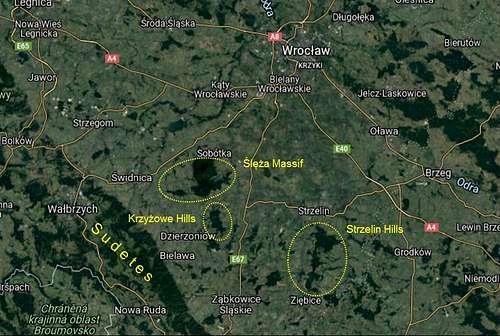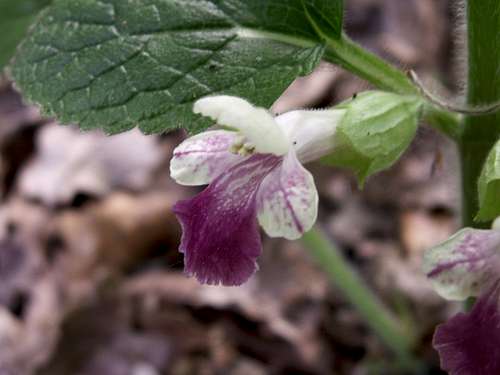-
 843 Hits
843 Hits
-
 73.06% Score
73.06% Score
-
 3 Votes
3 Votes
|
|
Album |
|---|---|
|
|
Informational |
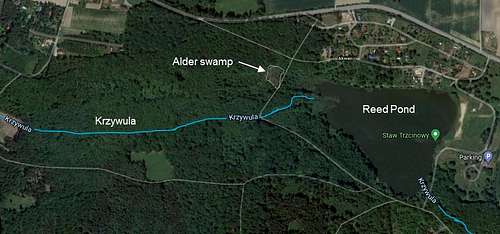
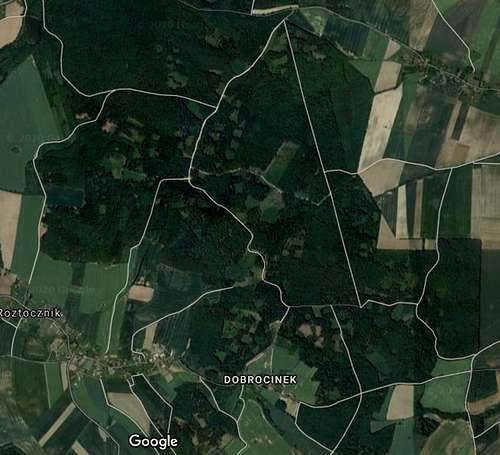
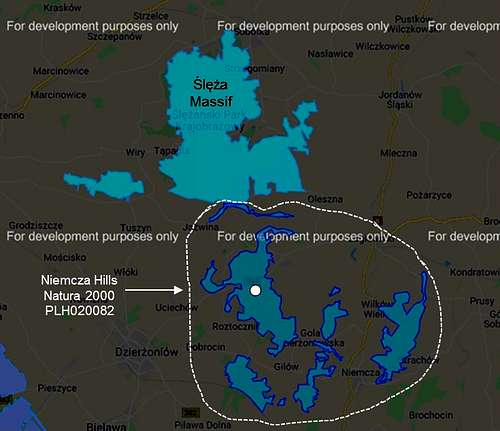
These are hills with valuable flora and water scarcity
The Krzyżowe Hills (Cross Hills) are about 6.5 km long and lie longitudinally to the south of the Ślęża Massif. They are protected in the Natura 2000 system together with a group of other hills as Niemcza Hills Natura 2000 PLH020082. To the east of them are the Strzelin Hills, which are also protected as a Natura 2000 area. The crystalline substrate of the Krzyżowe Hills consists mainly of paragneisses and migmatic gneisses and a small amount of gneissic granite. In the southern part of the hills, there are two occurrences of Tertiary basalt in the inactive quarries on the Dębowiec (361 m a.s.l.) and Kolec (342 m a.s.l.) hills. The first one was turned into a garbage dump. Rock outcrops are also located on the highest hill, on Zamkowa Góra (407 m a.s.l.). The soils surrounding the hills with a high clay content are not susceptible to drought. It is also visible in the hills in the stagnant water in the ruts made by heavy forest vehicles. The soils of the hills are classified as brown soils. Slopes in the hills reach up to 27%, which may cause significant soil erosion on exposed surfaces. Such a large slope of the slopes gives the hills a mountain character. The hills protected in the Natura 2000 system are forested and for this reason they constitute valuable natural objects. At present, the Krzyżowe Hills are mostly overgrown with spruce forests, but in many places, including in higher locations, there is often a loose thermophilous oak forest on the rocky ground with insolated undergrowth. Three species of oak grow there, Quercus robur and Q. petraea, including intermediate forms between both (hybrids?) and, an introduced by foresters Q. rubra. Apart from these species, the forests in the Hills include: linden, beech, sycamore, birch, Scots pine, occasionally Weymouth pine, hornbeam, rowan, and often large specimens of bird cherry. The undergrowth is composed of: hazel, bird cherry, black cherry, dogwood, elderberry, various blackberries and other plants. In the undergrowth of forests one can find protected plants such as: orchids Neottia, Epipactis and Cephalanthera, Asarum europaeum, Melittis mellisophyllum and Polypodium vulgare. Seven species of orchids and many other rare plants in the Polish flora have been recorded on the hills. The undergrowth develops more abundantly in wet and shaded places, such as an abandoned basalt quarry. The water network of the hills is poor. From the west, a small stream Krzywula, flows around the hills. It flows through the northern edge of the hills supplying there with water a swamp with bushy willows and alder forest, and a Reed Pond with a reed and broadleaf cattail rush. Small watercourses also flow down in the central part of the hills to the east. In this area, periodic swamps also occur. The forests of the Krzyżowe Hills were weakened by strong droughts in the past few years and then attacked by the bark beetle. In this situation, foresters cleared large areas, exposing the slopes of the hills, often to bare soil. Apart from the massive felling of spruce, other trees were also felled on a smaller scale. Unfortunately, the felled trees were completely removed from the hills. This weakened the water retention potential of the hills and created conditions for a strong erosion of valuable forest litter and soil. This practice is unacceptable in the protected Natura 2000 site as protected habitats are being destroyed. In the hills I watched young fir plantations and sporadically self-seeding of beech. This gives hope for a gradual restoration of forests, but it is "the song of the future". The tree plantations created today will be a forest in 100-150 years!
It will be continued ….
